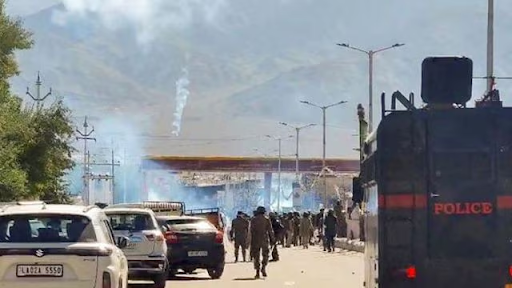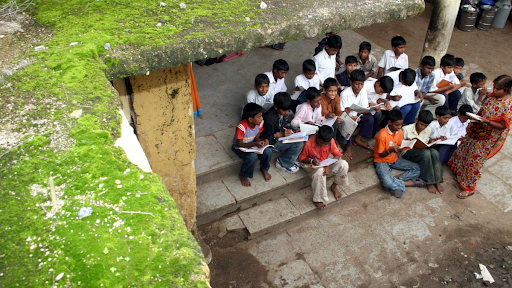



NEP 2020 revolutionizes Indian education with a 5+3+3+4 structure, fostering indigenous research, global competitiveness, and multi-career pathways. With 75% curriculum integration, 197 universities offering internships, and a 158% surge in patent filings, it drives innovation and employability. Challenges include resource allocation, infrastructure, and teacher training, yet India aims for global knowledge leadership by 2030.

Copyright infringement not intended
Picture Courtesy: THE HINDU
NEP 2020 drives employability, innovation, and global competitiveness through structural education reforms in India.
It is designed as a long-term structural transformation to address practical utility, employment generation, research innovation, and global competitiveness in education.
Three-Fold Implementation Strategy
Indigenous Research Excellence
Ensuring originality and indigenously-rooted imagination in research through the Indian Knowledge System integration from school to higher education levels. 75% implementation in curriculum integration
Global Competitiveness
Constant competitiveness in the global educational sphere with 11 Indian universities now featuring in QS 500 rankings and 163 in QS Asia Rankings 2025. India ranks 39th in Global Innovation Index (up from 76th)
Multi-Career Pathway Preparation
Preparing students for multiple career trajectories through flexible 4-year programs, vocational training, and industry internships. 82% of target universities have adopted flexible programs
Structural Educational Framework Changes
Revolutionary 5+3+3+4 Structure: Replacing the traditional 10+2 system with age-appropriate, developmentally-aligned education stages:
Flexible 4-Year Undergraduate Program
The innovative program allows students to earn credentials during their educational journey and return later to complete degrees, providing tangible career trajectories with practical exposure through industry internships.
Innovation Infrastructure Development
Key Innovation Initiatives
Resource Allocation => Despite the Ministry of Education budget increase to ₹1,28,650 crore (6.22% increase), the massive scale of transformation requires sustained financial commitment across all educational levels.
Infrastructure Development => Converting traditional educational infrastructure to support multidisciplinary, technology-enabled learning environments poses significant logistical challenges.
Teacher Training & Capacity => Massive retraining requirements for educators to adapt to new pedagogical approaches, technology integration, and multidisciplinary teaching methods.
Rural-Urban Divide => Ensuring equitable access to reformed education across diverse socio-economic and geographical contexts remains a persistent challenge.
Must Read Articles:
NATIONAL EDUCATION POLICY (NEP) 2020
Parliament Committee Report on the NEP 2020
Source:
|
PRACTICE QUESTION Q. How does the mismatch between educational qualifications and job market demands exacerbate the unemployment crisis? 150 words |






© 2026 iasgyan. All right reserved